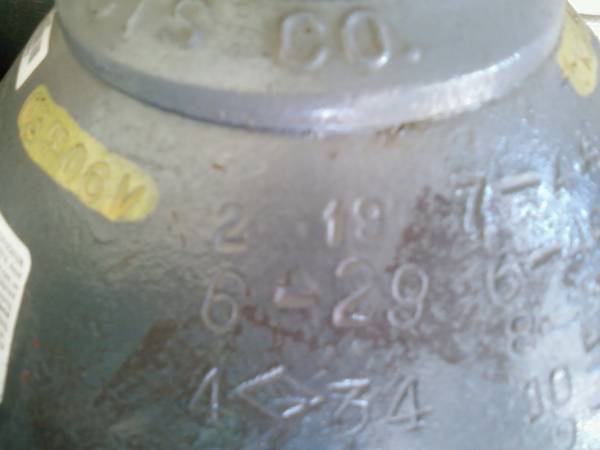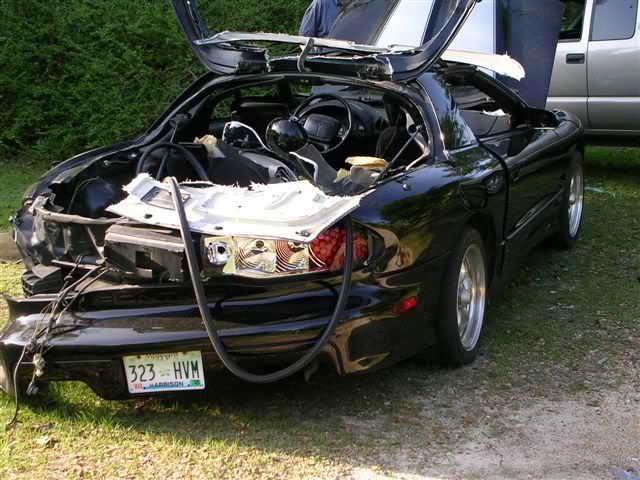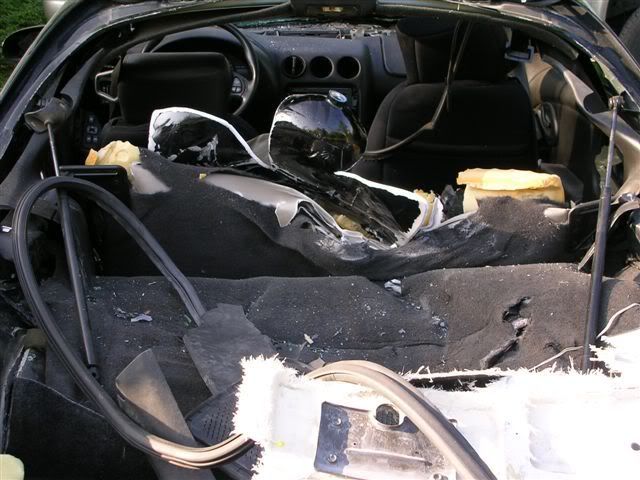Free_Eagle
Active Member
Figured I could shed some light on the scenario seeing I deliver these tanks for a living. First propane does not expand at an exorbitant rate like most gases when going from a liquid to a gas state. Yet propane still offers an explosion risk, our plant in PA had a 100lb. tank let go on them and set off a chain reaction of cylinder explosions due to fire which let to tanks being found up to a 3/4 mile away. The real risk is leaks which increased outside temperatures can create on a tank that normal at room temperature.
CO2 expands at an unbelievable rate, and due to the fact that it is packaged as a liquid in the cylinder it has plenty of fuel for expansion on an extremely hot day. Yet, my guess would be the tank and subsequent safety was nearing test date or out of date because a temperature of 100 degrees rarely (but obviously will) create a rupture disc to fail. Our tanks are stored in storage container's in the middle of the yard and never fail, granted the northeast is not known for its balmy temps but still.
Transportation is always recommended for a non-passenger compartment of the vehicle. Even I won't travel with it in the cab of my personal truck and I consider CO2 mundane after dealing with the assorted, more dangerous gas I deal with all day. This far into this I feel like I have wasted too much time yammering on about a mundane topic to begin with, sorry.
Side note on Nitrous. Those tanks are made to handle the temperature extremes of being in a vehicle. You can check the maximum temperature of any tank you own, excluding propane, acetylene, etc.. Look for a DOT number, and in that vicinity there should be a four digit number, normally around 2500 - 2750, that is the maximum pressure the tank is rated for when built.
CO2 expands at an unbelievable rate, and due to the fact that it is packaged as a liquid in the cylinder it has plenty of fuel for expansion on an extremely hot day. Yet, my guess would be the tank and subsequent safety was nearing test date or out of date because a temperature of 100 degrees rarely (but obviously will) create a rupture disc to fail. Our tanks are stored in storage container's in the middle of the yard and never fail, granted the northeast is not known for its balmy temps but still.
Transportation is always recommended for a non-passenger compartment of the vehicle. Even I won't travel with it in the cab of my personal truck and I consider CO2 mundane after dealing with the assorted, more dangerous gas I deal with all day. This far into this I feel like I have wasted too much time yammering on about a mundane topic to begin with, sorry.
Side note on Nitrous. Those tanks are made to handle the temperature extremes of being in a vehicle. You can check the maximum temperature of any tank you own, excluding propane, acetylene, etc.. Look for a DOT number, and in that vicinity there should be a four digit number, normally around 2500 - 2750, that is the maximum pressure the tank is rated for when built.




























































![Craft A Brew - Safale S-04 Dry Yeast - Fermentis - English Ale Dry Yeast - For English and American Ales and Hard Apple Ciders - Ingredients for Home Brewing - Beer Making Supplies - [1 Pack]](https://m.media-amazon.com/images/I/41fVGNh6JfL._SL500_.jpg)



 )
)